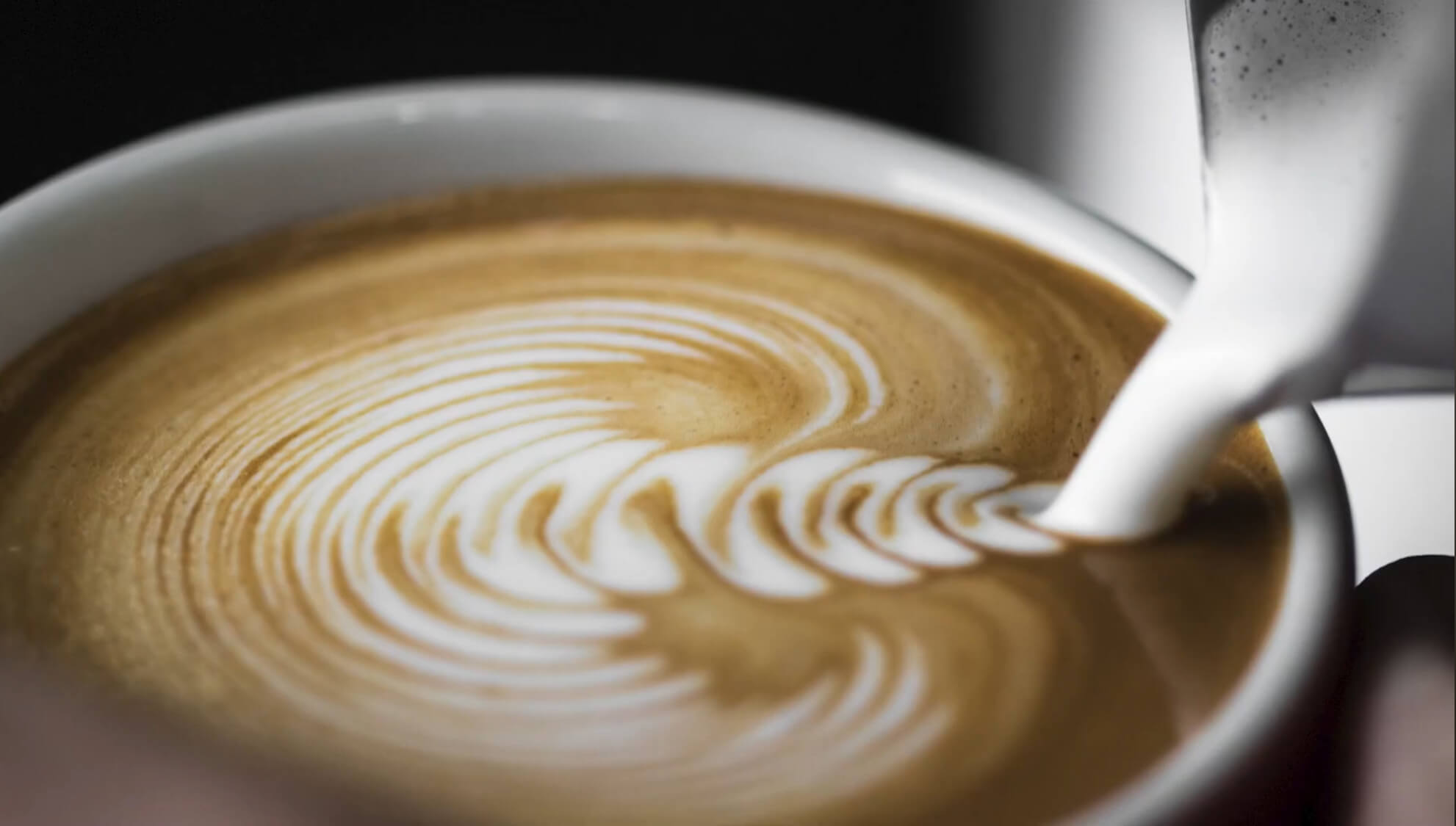Coffee lovers, get ready to dive deep into the world of Saka Espresso. Whether you’re a home barista, café owner, or espresso enthusiast, you’ll discover the subtle nuances that set apart each variant of Saka Espresso. From its Bar Line to their Tafuri line.
Introduction to Saka Espresso
What is Saka Espresso?
Saka Espresso, more commonly known as Saka Caffè, was founded in 1989 by Giuseppe Tafuri, as part of his family roasting company, Torrefazione Tafuri Sas. From the very beginning, he embarked on the venture with little more than passion and determination to establish a premium Neapolitan coffee brand. The business remains a family operation: currently it’s led by Giuseppe’s daughter, Rosaria Tafuri, with involvement from the next generation as well.
Why Saka Espresso stands out in the espresso world
Saka Espresso stands out in the espresso world for several reasons rooted in its Neapolitan heritage, authentic and distinct flavor profile. Here’s a breakdown of why it’s highly regarded:
- Authentic Neapolitan espresso blends: Crafted to deliver the classic bold, rich, low‑acid espresso style typical of Naples. Beans are roasted medium to medium-dark, often including Robusta for crema, body, and intensity.
- Product lineup: Their “Linea Bar” includes blends like Espresso Bar (50% Arabica / 50% Robusta), Gran Bar, Crema Bar, Classic Bar, Top Selection Bar (100% Arabica), and Decaffeinato. They also offer pods, capsules, and specialty single-origin offerings under the Tafuri label.
- Blends Optimized for Espresso Machines: Unlike many modern specialty roasters that focus on light roasts or filter profiles, Saka blends works exceptionally well with a Moka pot, fully automatic coffee machines (e.g. Jura, De'longhi, Sage, Siemens, Philips, etc.), Aeropress and (lever)espressomachines. Saka produces a syrupy shot with thick crema, retains body and flavor even in milk-based drinks.
- Global Cult Following: In recent years, Saka has earned a cult status among espresso enthusiasts online (especially home baristas) due to exceptional value: Premium espresso at a more accessible price.
Full Comparison: Saka Caffè – Bar Line vs Tafuri Line
Saka Espresso Summary Guide by Preference
FAQs about Saka Espresso
You can buy Saka Espresso at KultivarCoffee.com. We ship to most destinations in Europe.
Yes — skillfully roasted for use in home machines, offering balance and clarity even in small setups.
Some variants come in compatible pods (Nespresso and Dolce Gusto), we are currently testing some samples. If you are interested let us know.
Best used within 4–6 weeks of roast date for peak flavor. If stored properly (in an airtight container in a cool, dark place), they can still be enjoyable for a few weeks beyond the 4-6 week mark.
You can find our favorite coffees here: Kultivar Coffee's Favorites
The best Saka Espresso for you depends on your taste preferences and how you brew your coffee. We've explained the differences in Full Comparison: Saka Caffè – Bar Line vs Tafuri Line
Saka Espresso Classic Bar is ideal for newcomers—balanced, forgiving, easy to dial in.
Both are coffees from Saka Caffè.
- Bar Line is a traditional Neapolitan style espresso. Bold, chocolatey with low acidity.
- Tafuri Line is more focused on the specialty coffee drinkers who seek more fruity, floral notes and nuances in their cup.
Keep sealed (in the bag or container), in a cool, dark place (no fridge or freezer); use within weeks of opening.

